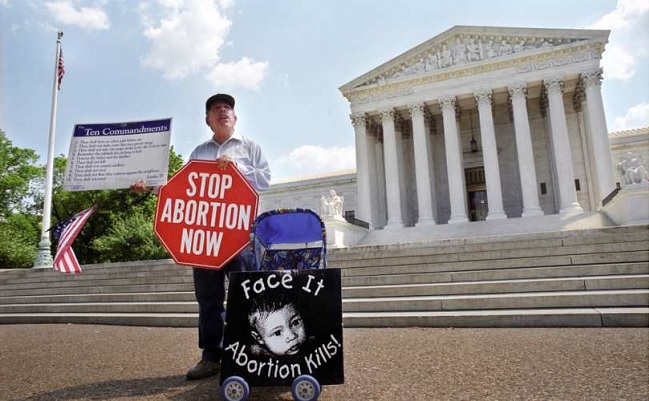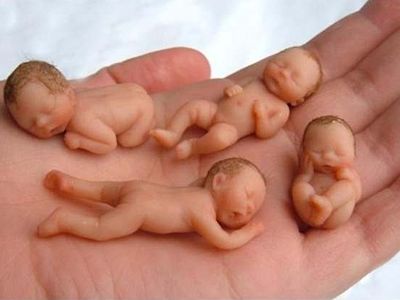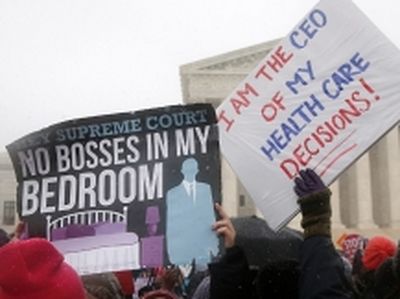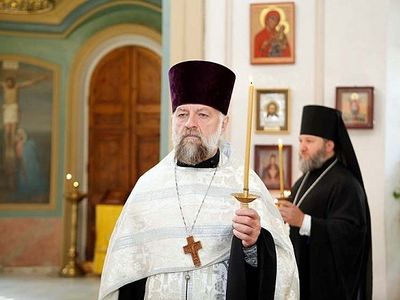Washington, D.C., July 9, 2015

After the Supreme Court's ruling that same-sex “marriage” is a constitutionally guaranteed right, many Americans have asked, “How did we get here?” Last month's opinion tells us the road stretches back more than 50 years.
Justice Anthony Kennedy's ruling in Obergefell v. Hodges gave additional proof that the legal basis for same-sex “marriage” is inextricably tied up with abortion-on-demand and other aspects of the sexual revolution.
In his 5-4 decision, Justice Kennedy says the newly discovered constitutional right to enter into a homosexual “marriage” is granted, in part, by the “right to privacy.”
That right, first propounded by the court in 1965's Griswold v. Connecticut ruling, also conferred a woman's right to abortion-on-demand, according to the 1973 Roe v. Wade decision.
“Same-sex couples have the same right as opposite-sex couples to enjoy intimate association,” Justice Kennedy wrote last month, in an opinion that quoted Griswold. “Like choices concerning contraception, family relationships, procreation, and child-rearing, all of which are protected by the Constitution, decisions concerning marriage are among the most intimate that an individual can make.”
“As far as the right to life is concerned, that is the most troubling line in the opinion,” wrote Kelsey Hazzard, a pro-life lawyer, in an analysis of the decision posted at the Secular Pro-Life blog. That sentence “can be read as polite legalese for killing preborn children.”
But Kennedy actually put the same-sex “marriage” case on stronger ground even than abortion. “Justice Kennedy was smart,” Hazzard wrote. “By writing an opinion that does not cite any abortion cases, he has assured that Obergefell will withstand the reversal of Roe and Casey.”
Instead, he based his argument in part on the case that granted Americans the right to use contraception.
That lawsuit was brought by Estelle Griswold, the former executive director of Planned Parenthood in New Haven, against the state of Connecticut. Lawmakers had passed a law forbidding anyone, married or unmarried, from using contraception. Planned Parenthood challenged the law all the way to the U.S. Supreme Court.
On June 7, 1965, Planned Parenthood prevailed.
Justice William O. Douglas wrote that, while the “right to privacy” is not explicitly mentioned in the Constitution – much less the right to birth control—the idea flows from ideas embedded in the Constitution.
“Specific guarantees in the Bill of Rights have penumbras, formed by emanations from those guarantees that help give them life and substance,” he wrote.
For the state to determine whether married couples used contraception would require an invasion of their privacy, Douglas wrote; thus, couples had an inalienable right to contraception.
“Griswold took a major leap for women’s health by removing state interference with one of the most important and private decisions an individual considers: whether and when to have a child,” wrote Elizabeth G. Taylor, the executive director of the National Health Law Program (NHeLP).
That ruling applied only to married couples. The right to privacy was then extended for unmarried individuals to use contraception in the High Court's Eisenstadt v. Baird decision in 1972.
And one year later, the right to privacy emanated further, to grant women the “right to choose” an abortion.
Over the last 50 years, the “right to privacy” has been used to cover every form of sexual practice, displacing the public's right to object on moral grounds—something contained in Kennedy's 2003 Lawrence v. Texas ruling.
Finally, last month, that right—granted in Griswold and expanded in Eisenstadt,Roe, and Casey—demanded a nationwide legal recognition of homosexual relationships on par with heterosexual marriages.
Thus, Lauren Barbato could write in Bustle that “marriage equality may very well not be here on June 27, 2015, without Estelle Griswold and her fight to provide birth control to New Haven couples.”



